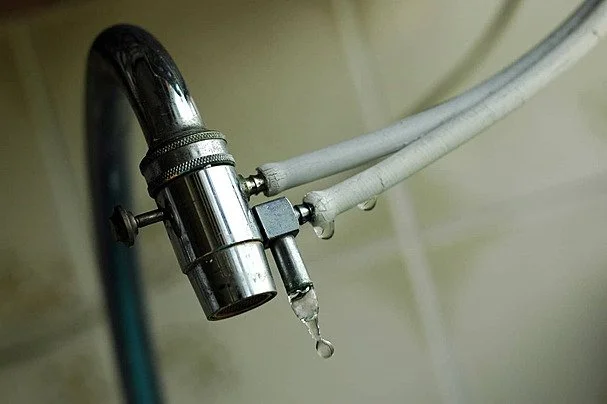7 Hidden Signs of Water Damage in Your Home (and How to Catch Them Early)
If you have a slow leak in your home, it’s not a matter of if you’ll call us - it’s when.
Water damage can be one of the most expensive and destructive issues a homeowner faces — especially when it’s hidden. Even a small, slow leak behind a wall or under a floor can lead to serious problems like structural damage, mold growth, and costly repairs. The good news? You can catch the warning signs early with a bit of attention and awareness.
Here’s how to identify hidden water damage and what you can do to prevent it from turning into a major restoration project.
1. Musty or Damp Odors
If you notice a persistent musty smell in your home — especially in basements, bathrooms, or near plumbing — it’s often the first sign of hidden moisture or mold growth. Even if you don’t see visible water damage, trapped humidity or a small leak could be saturating materials behind the wall.
Pro tip: A restoration professional can use moisture meters and thermal imaging to find the source before it spreads.
2. Discoloration or Stains on Walls and Ceilings
Yellow, brown, or dark patches on drywall or ceilings usually point to water intrusion from a roof leak, burst pipe, or overflowing appliance. Stains often start small and grow over time, signaling ongoing damage beneath the surface.
Watch for: Peeling paint, bubbling texture, or discoloration around vents and light fixtures.
3. Peeling Paint or Bubbling Wallpaper
When water seeps behind paint or wallpaper, it breaks down adhesives and causes the surface to bubble, peel, or crack. This is a classic symptom of moisture trapped in walls — and it won’t fix itself.
Action tip: Don’t just repaint. Identify and fix the underlying leak before refinishing.
4. Warped or Buckled Flooring
Hardwood, laminate, and vinyl flooring can all show signs of hidden water damage. Warping, buckling, or soft spots underfoot indicate that water has been absorbed from below, possibly from a crawlspace leak, broken pipe, or failed seal.
Quick response matters: Professional drying equipment and moisture monitoring can often save the flooring if addressed early.
5. Soft or Spongy Walls and Baseboards
If your drywall, trim, or baseboards feel soft to the touch, it’s likely they’ve absorbed moisture. This is common in bathrooms, kitchens, and basements, where leaks can go unnoticed for long periods. Left untreated, this can lead to structural decay and mold growth.
6. Unexplained Increase in Water Bills
A sudden spike in your water bill may signal a hidden plumbing leak behind walls, under floors, or in your crawlspace. Even a small leak can waste hundreds of liters of water each week while slowly damaging your home’s structure.
Tip: If you suspect a leak, shut off all taps and check if your water meter continues to move — a clear sign of hidden water flow.
7. Mold Growth or Mildew
Visible mold patches — even small ones — indicate that moisture is present somewhere it shouldn’t be. Mold thrives in dark, damp areas like behind drywall, under carpet, or inside HVAC systems.
Important: Mold growth can cause health concerns and property damage, and professional remediation may be necessary to restore air quality and prevent recurrence.
How to Be Proactive About Preventing Hidden Water Damage
Being proactive can save thousands in future repairs. Here’s how homeowners can protect their property:
✅ Inspect regularly. Check around sinks, tubs, toilets, and appliances for moisture or corrosion.
✅ Control indoor humidity. Keep your home’s humidity below 50% with ventilation or a dehumidifier.
✅ Maintain your roof and gutters. Clean gutters and downspouts to prevent overflow and roof leaks.
✅ Respond quickly to leaks or spills. Even small water events can cause long-term damage if left untreated.
✅ Schedule professional inspections. A certified restoration company can detect hidden moisture using specialized equipment and provide water damage restoration before it worsens.
When to Call a Professional Water Damage Restoration Company
If you suspect hidden moisture or see any of the signs above, don’t wait. Water damage restoration specialists can assess the extent of the issue using advanced tools like infrared cameras, hygrometers, and rescue mats to extract moisture and prevent further structural damage.
Early detection and professional drying can often save your walls, flooring, and substructure — and avoid a full replacement.

